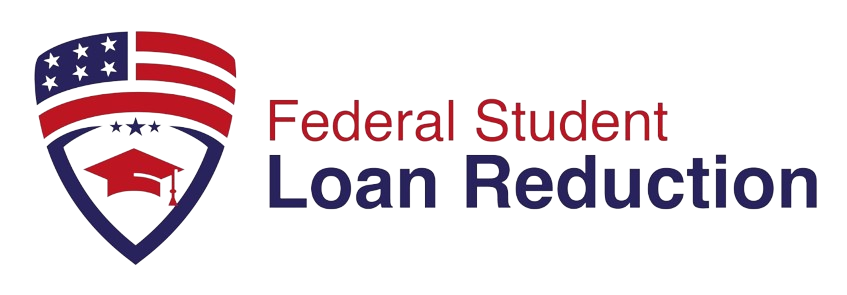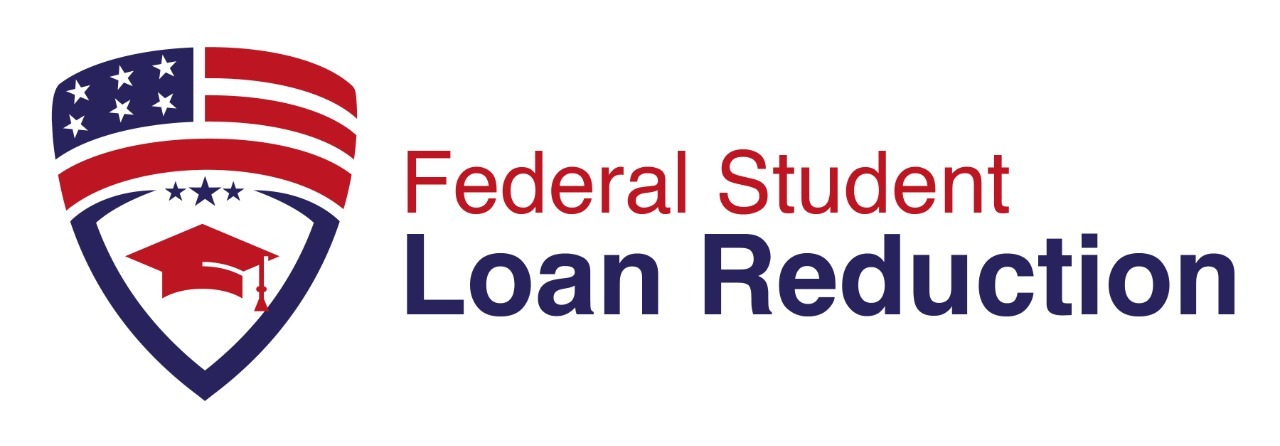Blog

Understanding the SAVE Plan and the End of the Student Loan Payment Pause
With the student loan payment pause coming to an end, many borrowers are anxious about resuming their payments. The Biden Administration's introduction of the Saving on a Valuable Education (SAVE) Plan offers a new, more affordable repayment option, aimed at easing the financial burden on borrowers.
Key Features of the SAVE Plan
The SAVE Plan, which replaces the REPAYE plan, is designed to be the most generous income-driven repayment (IDR) plan to date. Here are some of its primary benefits:
Income Protection and Lower Payments: The SAVE Plan increases the income exemption from 150% to 225% of the federal poverty line. This means that a larger portion of a borrower's income is protected from payment calculations. For example, a borrower earning less than $32,800 individually or $67,500 for a family of four will have $0 monthly payments. For those with higher incomes, payments will be reduced to 5% of discretionary income for undergraduate loans, down from the previous 10% (NerdWallet: Finance smarter) (Edfinancial).
Interest Elimination: One significant advantage of the SAVE Plan is the elimination of unpaid interest. If a borrower's monthly payment does not cover the interest that accrues, the remaining interest will not be added to the loan balance. This prevents the loan from growing due to interest, a common issue in other IDR plans (Edfinancial) (ED Blog).
Loan Forgiveness: The SAVE Plan offers accelerated loan forgiveness for borrowers with smaller balances. Borrowers who took out $12,000 or less can have their remaining balance forgiven after 10 years of payments. For larger balances, the repayment term increases by one year for every additional $1,000 borrowed, with a maximum of 20 years for undergraduate loans and 25 years for graduate loans (NerdWallet: Finance smarter) (StudentAid).
Exclusion of Spousal Income: For borrowers who are married and file taxes separately, the SAVE Plan excludes spousal income from payment calculations. This can significantly lower the monthly payment for many borrowers (Edfinancial) (StudentAid).
Transition to Repayment
As borrowers transition back to repayment, the Department of Education has introduced a 12-month "on-ramp" period to help ease the process. During this period, which lasts until September 2024, borrowers will be protected from negative consequences such as delinquency, default, and mandatory collections if they miss payments (ED Blog).
The Education Department is also providing extensive support to help borrowers navigate the repayment process. This includes clear guidance to loan servicers, direct communication with borrowers, and collaboration with external organizations to ensure borrowers are well-informed about their repayment options (ED Blog).
Enrolling in the SAVE Plan
Borrowers can enroll in the SAVE Plan through the StudentAid.gov website. The application process requires basic personal and financial information, and borrowers must recertify their income and family size annually to remain eligible for the plan (Edfinancial) (StudentAid).
The introduction of the SAVE Plan, combined with supportive measures from the Department of Education, aims to make student loan repayment more manageable for millions of borrowers as they resume payments after the long pause.
For more detailed information and to apply for the SAVE Plan, visit StudentAid.gov (StudentAid).
4o
Blog

Understanding the SAVE Plan and the End of the Student Loan Payment Pause
With the student loan payment pause coming to an end, many borrowers are anxious about resuming their payments. The Biden Administration's introduction of the Saving on a Valuable Education (SAVE) Plan offers a new, more affordable repayment option, aimed at easing the financial burden on borrowers.
Key Features of the SAVE Plan
The SAVE Plan, which replaces the REPAYE plan, is designed to be the most generous income-driven repayment (IDR) plan to date. Here are some of its primary benefits:
Income Protection and Lower Payments: The SAVE Plan increases the income exemption from 150% to 225% of the federal poverty line. This means that a larger portion of a borrower's income is protected from payment calculations. For example, a borrower earning less than $32,800 individually or $67,500 for a family of four will have $0 monthly payments. For those with higher incomes, payments will be reduced to 5% of discretionary income for undergraduate loans, down from the previous 10% (NerdWallet: Finance smarter) (Edfinancial).
Interest Elimination: One significant advantage of the SAVE Plan is the elimination of unpaid interest. If a borrower's monthly payment does not cover the interest that accrues, the remaining interest will not be added to the loan balance. This prevents the loan from growing due to interest, a common issue in other IDR plans (Edfinancial) (ED Blog).
Loan Forgiveness: The SAVE Plan offers accelerated loan forgiveness for borrowers with smaller balances. Borrowers who took out $12,000 or less can have their remaining balance forgiven after 10 years of payments. For larger balances, the repayment term increases by one year for every additional $1,000 borrowed, with a maximum of 20 years for undergraduate loans and 25 years for graduate loans (NerdWallet: Finance smarter) (StudentAid).
Exclusion of Spousal Income: For borrowers who are married and file taxes separately, the SAVE Plan excludes spousal income from payment calculations. This can significantly lower the monthly payment for many borrowers (Edfinancial) (StudentAid).
Transition to Repayment
As borrowers transition back to repayment, the Department of Education has introduced a 12-month "on-ramp" period to help ease the process. During this period, which lasts until September 2024, borrowers will be protected from negative consequences such as delinquency, default, and mandatory collections if they miss payments (ED Blog).
The Education Department is also providing extensive support to help borrowers navigate the repayment process. This includes clear guidance to loan servicers, direct communication with borrowers, and collaboration with external organizations to ensure borrowers are well-informed about their repayment options (ED Blog).
Enrolling in the SAVE Plan
Borrowers can enroll in the SAVE Plan through the StudentAid.gov website. The application process requires basic personal and financial information, and borrowers must recertify their income and family size annually to remain eligible for the plan (Edfinancial) (StudentAid).
The introduction of the SAVE Plan, combined with supportive measures from the Department of Education, aims to make student loan repayment more manageable for millions of borrowers as they resume payments after the long pause.
For more detailed information and to apply for the SAVE Plan, visit StudentAid.gov (StudentAid).
4o
Contact Us
Contact Us
Have Questions or Need Assistance? Our Team Is Ready to Support You
Disclaimer
Similar to how your accountant works for you on your taxes and not for the IRS or a collection agency, Federal Student Loan Reduction is in no way affiliated with the Department of Education or your Student Loan Servicer, and is not a collection agency.
Federal Student Loan Reduction is in no way sponsored, endorsed, administered by, or associated with Facebook. This offer is fully compliant with Facebook Advertising policies which state, "ads promoting student loan services must be targeted to people 18 years or older. Ads must not promote misleading or deceptive services related to student loan consolidation, forgiveness, or refinancing."
© Copyright 2024 • Federal Student Loan Reduction


